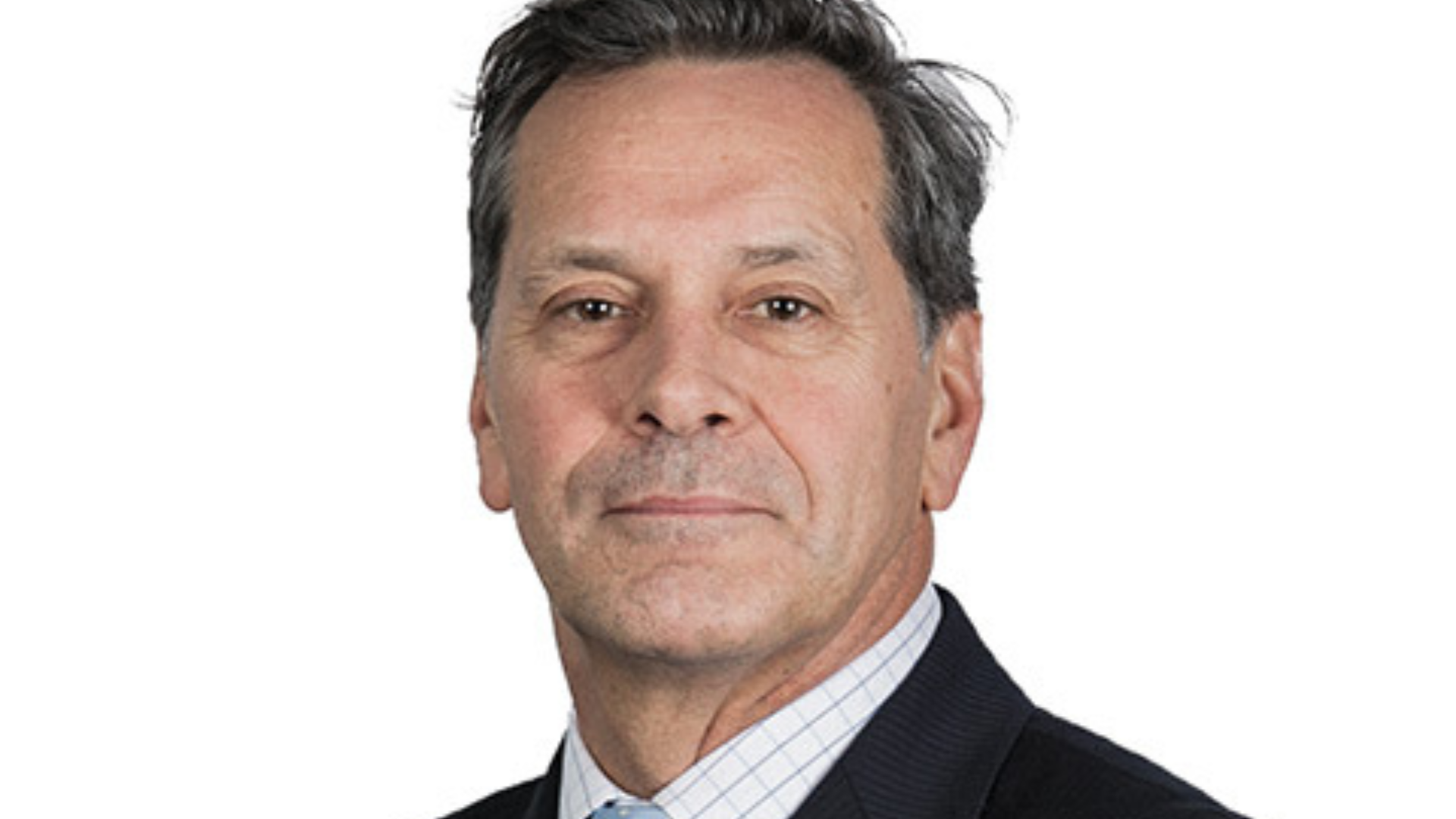Private markets boom will produce ‘the good, the bad and the ugly’
It’s still a tough fundraising environment for private market managers, with potential investors holding their breath – and keeping their wallets closed – as they wait for the macro to settle. But a potential tidal wave of new money from wealth management channels means that product proliferation is likely to accelerate as new and existing managers dangle the carrot of high returns.
The question is whether many of those products will be any good.
“This year, in Australia and everywhere else, will be a year of explosion of choices for the private markets investor,” Hamilton Lane co-CEO Juan Delgado-Moreira told media on Thursday. “That’s never happened before at this level. There’s a new product every day, and we’re going to have to get used to that. The entire macro backdrop is giving all managers in the world incentives to launch products into that. And that’s comparable to what the mutual funds industry did. With that will come the good, the bad and the ugly – everything.”
“We’re not telling you it’s going to be all good – there’ll be all sorts of things, and that will continue for the next few years. Everything will be launched and then you’ll have to sort out what’s good and what’s not. But it’s a global phenomenon that everybody is positioning for.”
While private markets have typically been the domain of the super-sized institutional investor, managers are now targeting high-net-worth individuals and even the suburban rich. In its 2024 market overview, Hamilton Lane found that 75 per cent of respondents from the wealth management channel were planning on increasing their allocations to private assets.
But like the mutual fund industry, size and scale matter in private markets – probably more so – and a challenging fundraising environment has done little to deter new and emerging managers from bringing new funds to market.
The number of first-time fund launches has outpaced new products from existing managers for three years running, according to the market overview, and in 2023 was substantially up from 2021 – a peak year for fundraising. Existing managers are pretty bullish too.
But these new funds are concentrated at the smaller end of the market – the part that’s shrinking on a relative basis – and in niche strategies, while existing managers are targeting bigger funds and have the infrastructure to support them. But regardless of who services them, the new wave of smaller investors entering the private markets is pushing the industry to lift technology and governance standards.
“It’s a moment in time of explosion of choice, and a moment in time where the end investor can drive investment in tech,” Delgado-Moreira said. “The reason why this is happening has to do with the excitement around the levels of returns; they want to have access to them. It also has to do with the fact that it’s hard to fundraise out there, and so managers have more time and incentive to explore (new demographics).”
“I think it’s structural in the sense that the long tail of investors wanting to capture private market returns is here, and the main barrier is not new; it’s the technology and documentation, and the structures and the minimum sizes required.”











